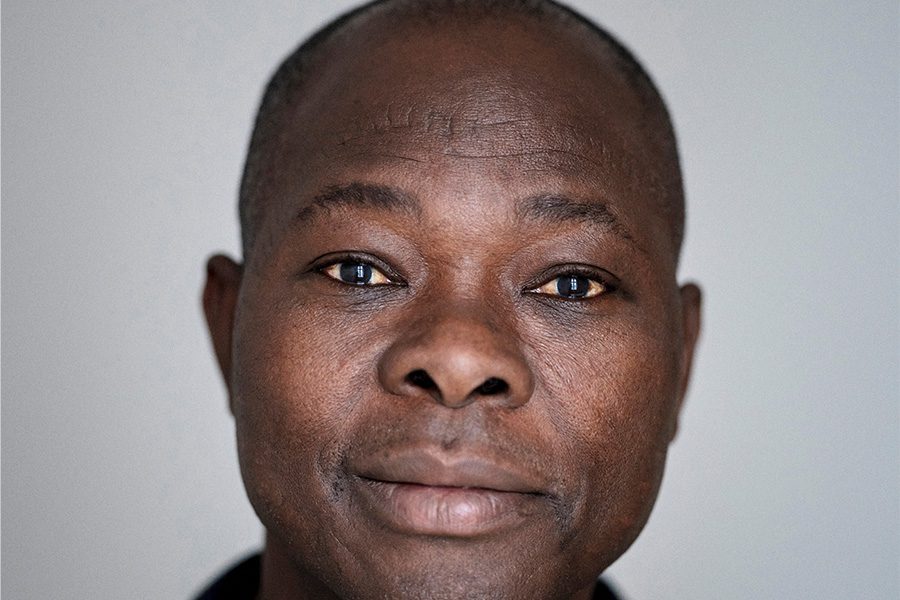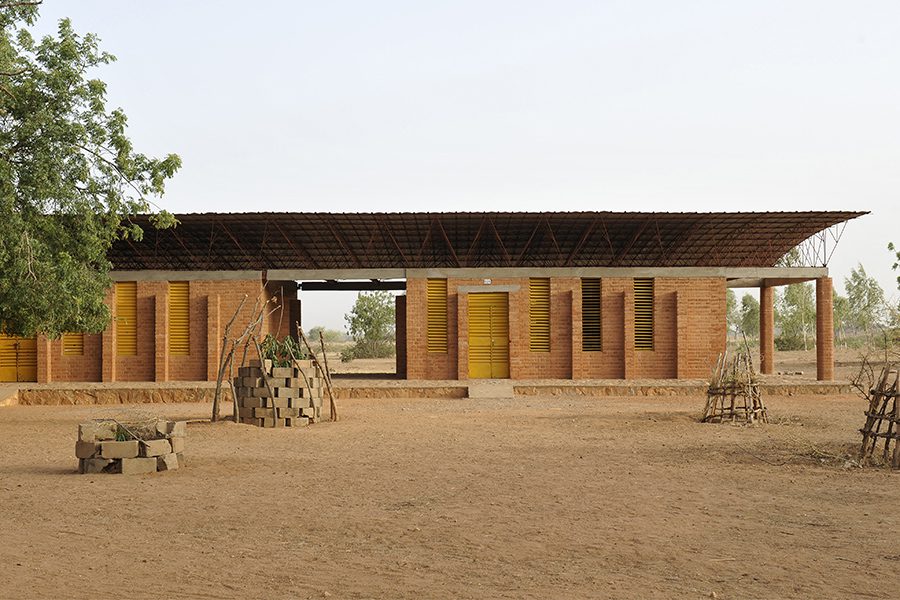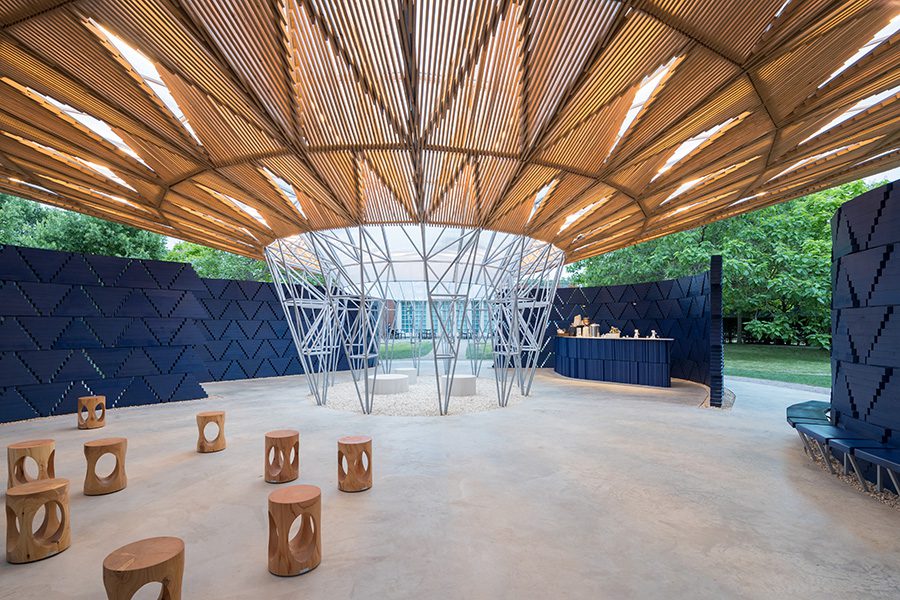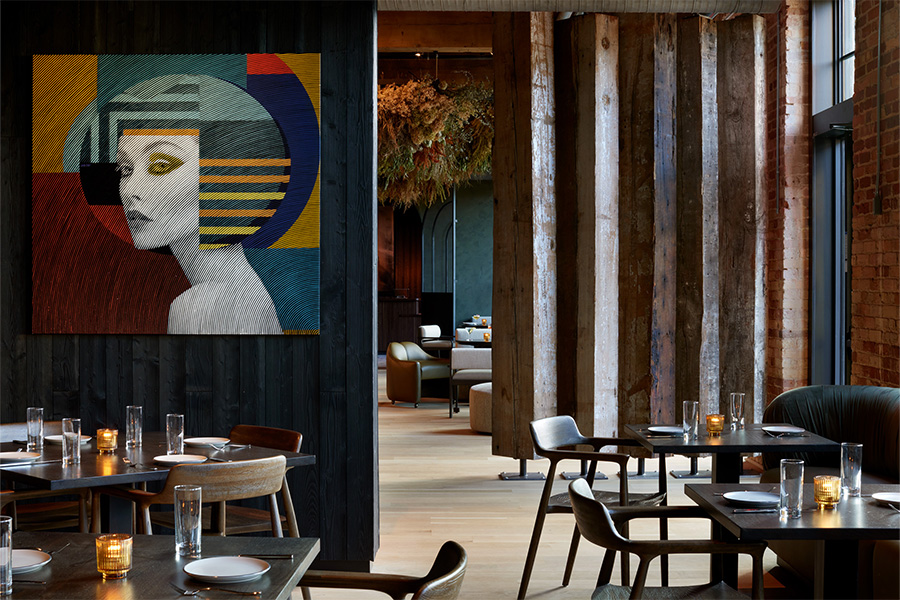Architect, educator, and social activist Diébédo Francis Kéré has been selected as the laureate of the 2022 Pritzker Architecture Prize. Born in Gando, Burkina Faso and now based in Berlin, Kéré has crafted a portfolio of contemporary schools, health facilities, professional housing, civic buildings, and public spaces distinguished by local materials and conceived to respond to the natural climate. He is the first African architect to receive the practice’s highest honor.
“He knows, from within, that architecture is not about the object but the objective; not the product, but the process. Francis Kéré’s entire body of work shows us the power of materiality rooted in place. His buildings, for and with communities, are directly of those communities—in their making, their materials, their programs, and their unique characters,” the 2022 Jury Citation reads. “In a world in crisis, amidst changing values and generations, he reminds us of what has been, and will undoubtably continue to be a cornerstone of architectural practice: a sense of community and narrative quality, which he himself is so able to recount with compassion and pride. In this he provides a narrative in which architecture can become a source of continued and lasting happiness and joy.”
Kéré established the Kéré Foundation in 1998 to serve inhabitants of his native Gando, while projects like the Gando Primary School in 2001 served as a wellspring for the community and redeeming social equity. Through international fundraising, the school was constructed with indigenous clay fortified with cement to form bricks with bioclimatic thermal to retain cool air inside and allow heat to escape. Overhanging elevated roofing also supports natural ventilation efforts and is among Kéré’s many design signatures (alongside poetic expressions of light that characterize projects like the Benga Riverside School in Mozambique and the Centre for Health and Social Welfare in Laongo, Burkina Faso).
Recent endeavors in Africa like the Startup Lions Campus in Kenya and the Burkina Institute of Technology further reflect Kéré’s emphasis on natural, locally sourced materials, showcasing quarried stone and cooling clay walls, respectively.
The Berlin-based architect has translated his vernacular for a slew of international projects as well. Kéré served as the designer of the 2017 Serpentine Pavilion, enlivening London’s Kensington Gardens with an installation reminiscent of a tree composed of disconnected curved walls, triangular indigo modules, and a vibrant color palette inspired by the blue boubou Kéré wore as a child. Revered for their medicinal properties, the hollow baobab trees of Burkina Faso were also the muse for Sarbalé Ke, another installation crafted by Kéré for the Coachella Valley Music and Arts Festival in 2019.
“I am hoping to change the paradigm, push people to dream and undergo risk. It is not because you are rich that you should waste material. It is not because you are poor that you should not try to create quality,” Kéré says. “Everyone deserves quality, everyone deserves luxury, and everyone deserves comfort. We are interlinked and concerns in climate, democracy, and scarcity are concerns for us all.”
More from HD:
What I’ve Learned Podcast: Jason Pomeranc
4 Don’t-Miss Speakers Heading to HD Expo + Conference 2022
BHDM Design Envisions a Pretty-in-Pink Oasis in Miami






